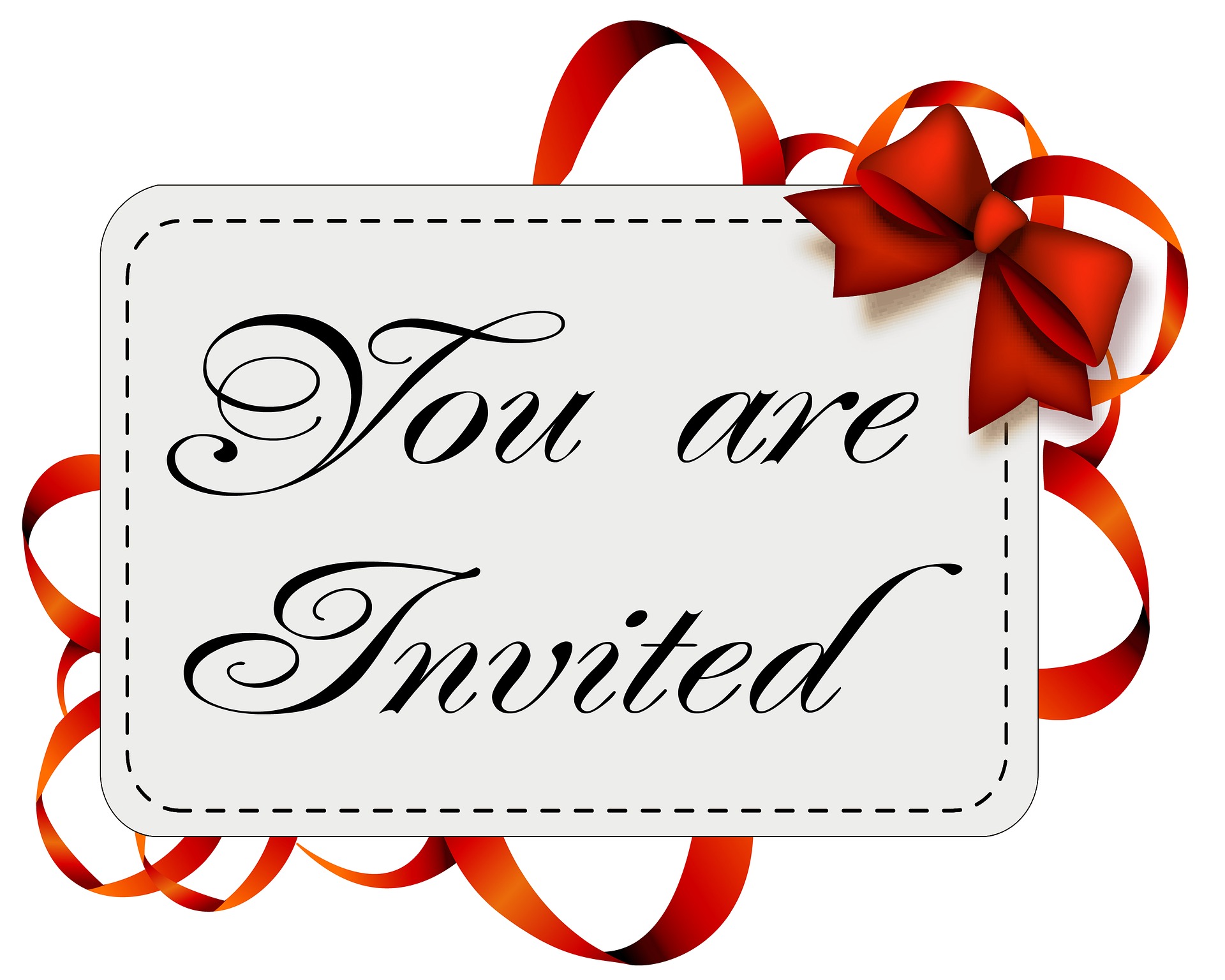
Success in Sampling
Debbie Fields was only 21 years old when she opened her first Mrs. Fields Cookies store in Palo Alto, California in 1977. Seven short years later, in 1984, the marketing “novice” had 160 stores selling more than $45 million worth of Mrs. Fields Cookies.
There are a lot of lessons we can learn from Debbie’s marketing success. Her passion and determination caused her to succeed even though she had no experience, and was told by friends, family, bankers, and others that her “idea” would not succeed.
The marketing campaign that drew customers to her stores consisted of simply going out into the streets with trays of free cookies for people to sample. If you have a great product, consider finding a way to offer free samples to your customers.
Car dealers know the value of the free test drive, and vendors at local farmers’ markets have learned they sell more produce by offering free samples.
Advertising that you offer free trials or samples also speaks volumes about the confidence you have in your products or services. Mrs. Fields did not wait for customers to come into her store to offer them free samples, she went out into the streets with trays of goodies.
“Free” is one of the most powerful words in advertising and giving samples of your product engages “psychological reciprocity” in the minds of your prospects.
Psychological reciprocity is defined as “a deep-rooted subconscious need to do something for those who do something for us”.
FREE! If you have a product that customers will love, click here to read the 8 Keys to Successful Sampling.
Mrs. Fields Cookies was one of the first franchised cookie shops in the country and we use to have a couple of them here in Fort Wayne Indiana. We don’t anymore due to the changes in consumer behavior and decline of major malls that was going on for awhile but then took a big hit in 2020 with covid.
When Mrs. Fields started in the malls around the country, that was a strategic location move. See, the rent in a mall was usually higher than a smaller strip shopping center. Just the mall itself was a destination, not just specific stores.
So the Mrs. Fields cookie stores took advantage of the foot traffic created by the other well known stores and built their brand that way.
Some of my radio advertising partners have used a free offer that was in response to a genuine need to create increased business in the past few years. Let’s talk and see if there’s something that might be appropriate for your business.





